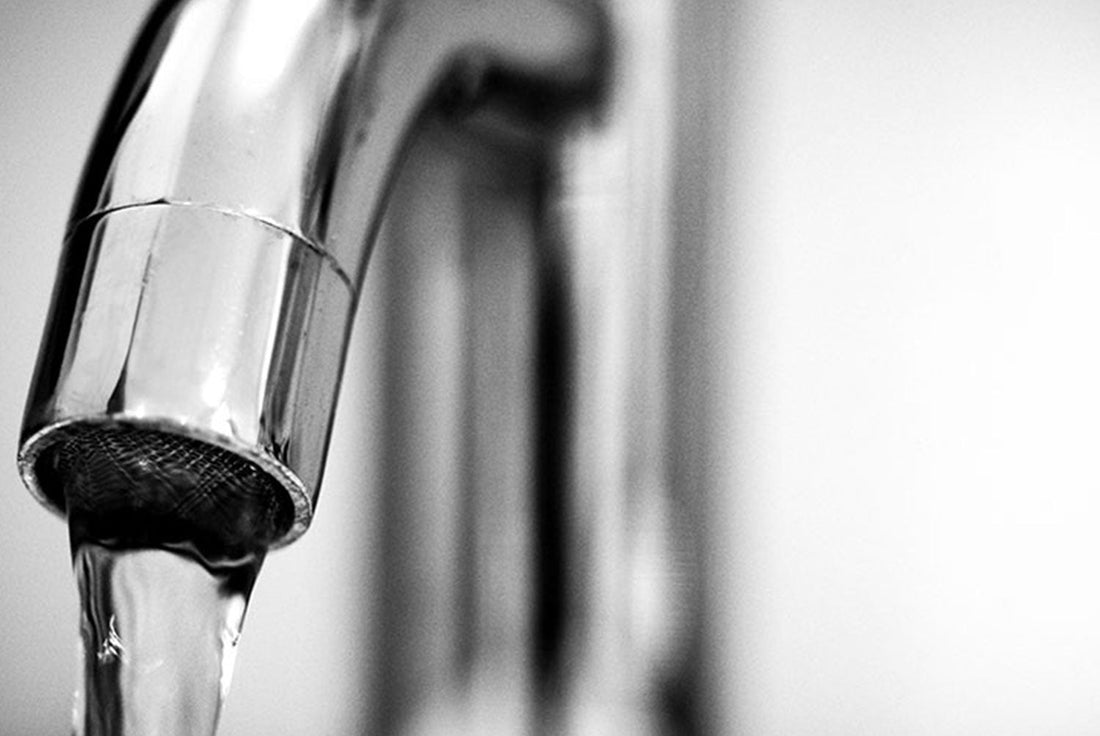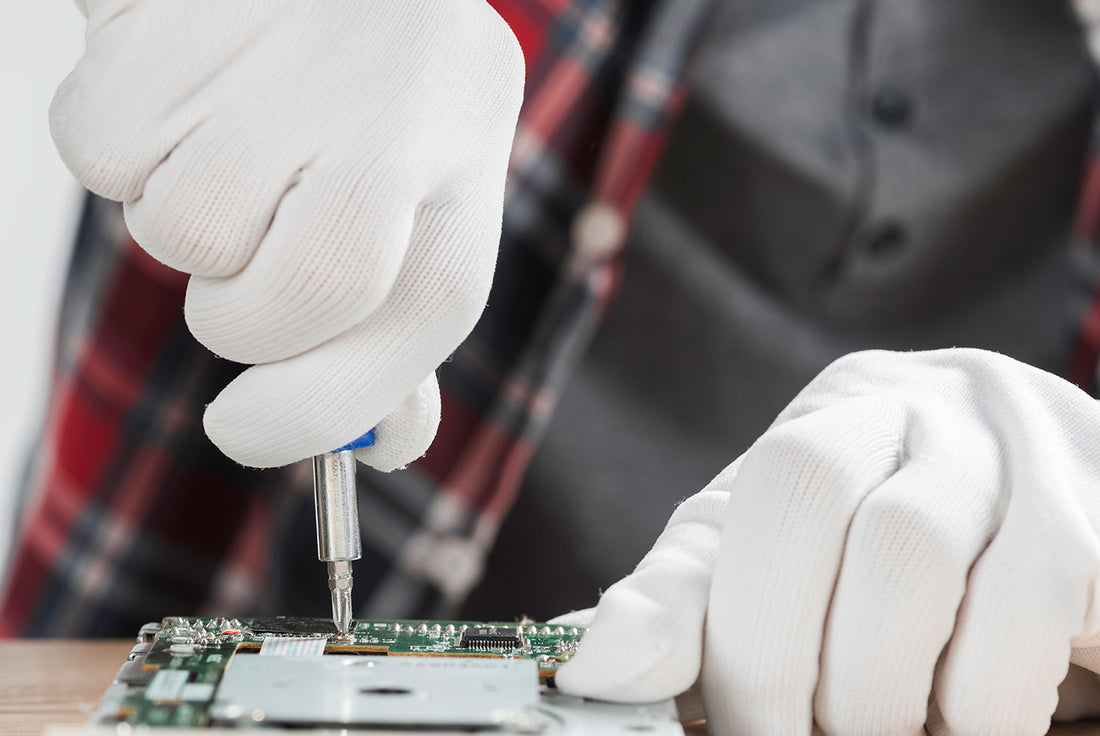




Smart Water Saving
Why Sensor Taps Are the Future of Efficiency:
Water is the foundation of life, yet it’s a resource many of us take for granted. From brushing our teeth to washing our hands, we often use far more water than necessary without realizing the impact. According to the United Nations, nearly one-third of the world’s population faces water scarcity—and the demand continues to rise.
For businesses and households alike, reducing water waste is no longer just an environmental responsibility; it’s also a practical way to cut costs and improve efficiency. Among the most effective innovations in water conservation are sensor taps (also known as automatic faucets), which combine technology, hygiene, and sustainability in one sleek package.
Everyday Water-Saving Techniques
Before looking at high-tech solutions, it’s worth remembering the simple habits that collectively make a huge difference:
-
Turn off taps while brushing teeth or shaving – this alone can save up to 6 litres of water per minute.
-
Fix leaks immediately – a single dripping tap can waste up to 5,000 litres a year.
-
Install aerators or low-flow devices – these reduce water flow without affecting performance, ideal for kitchens and bathrooms.
-
Use rainwater collection – harvested rainwater is excellent for watering gardens, flushing toilets, or even laundry (with proper filtration).
-
Run appliances efficiently – only wash full loads in dishwashers and washing machines to maximize water use per cycle.
While these steps are effective, the reality is that human error—forgetting to turn off a tap, overfilling sinks, or letting water run unnecessarily—remains a big source of waste. That’s where sensor taps transform the game.
Advantages of Sensor Taps
1. Substantial Water Savings
Traditional taps rely on users to remember to turn them off, and in busy spaces (like public restrooms) water often runs longer than necessary. Sensor taps, however, only activate when hands are detected and stop immediately when not in use. Studies show that this simple mechanism can reduce water consumption by up to 70%, especially in high-traffic areas.
2. Improved Hygiene
In today’s health-conscious world, hygiene is a top priority. Because sensor taps are touch-free, there’s no need to handle levers or knobs. This drastically reduces the transfer of germs and bacteria—particularly important in hospitals, schools, restaurants, and offices where many people share the same facilities.
3. Convenience and Accessibility
Sensor faucets aren’t just eco-friendly; they’re user-friendly too. Children, elderly individuals, and people with mobility challenges can operate them with ease. No twisting, pulling, or adjusting water flow—just place your hands under the spout and water flows automatically.
4. Stylish Modern Design
Beyond functionality, sensor taps add a sleek, modern look to any restroom or kitchen. Their minimalist design complements contemporary interiors and demonstrates that the business or household values innovation and quality.
5. Long-Term Cost Efficiency
While sensor taps require a higher upfront investment compared to traditional faucets, the savings in water bills and reduced hot water use quickly add up. Over time, the system pays for itself by lowering utility costs and minimizing waste.
6. Sustainability and Environmental Impact
Every liter saved through sensor technology reduces the strain on local water supplies and decreases the energy required to pump, treat, and heat water. For companies pursuing sustainability goals or green certifications, installing sensor taps is a simple yet impactful step toward environmental responsibility.
Applications Across Industries
Sensor taps are versatile and can be used in both residential and commercial settings:
-
Homes – Kitchens and bathrooms benefit from better hygiene and reduced household bills.
-
Hospitals & Clinics – Hands-free operation ensures strict hygiene standards are met.
-
Hotels & Restaurants – Improve guest experience while cutting down on utility costs.
-
Schools & Universities – Encourage students to save water effortlessly.
-
Corporate Offices – Demonstrate commitment to sustainability and employee well-being.
-
Public Facilities & Airports – Handle high traffic without unnecessary water loss.
The Future of Smart Water Management
As technology advances, sensor taps are becoming smarter and more efficient. Some modern systems allow flow adjustment, temperature control, and even app-based monitoring for facilities managers to track water use in real time. Integrating these solutions into buildings supports green certifications (like LEED or BREEAM) and aligns with global sustainability efforts.
The future is clear: water efficiency will be a defining factor in building design and operation, and sensor taps are at the forefront of this transformation.
Final Thoughts
Saving water doesn’t require a complete lifestyle overhaul. By combining simple habits with smart technology like sensor taps, we can protect one of Earth’s most precious resources while enjoying greater convenience, hygiene, and cost savings.
✅ For homeowners, it means lower bills and peace of mind.
✅ For businesses, it means sustainability, compliance, and improved customer perception.
✅ For the planet, it means less waste and a step closer to securing water for future generations.
Investing in sensor taps is more than a modern upgrade—it’s a commitment to efficiency, sustainability, and responsibility.




